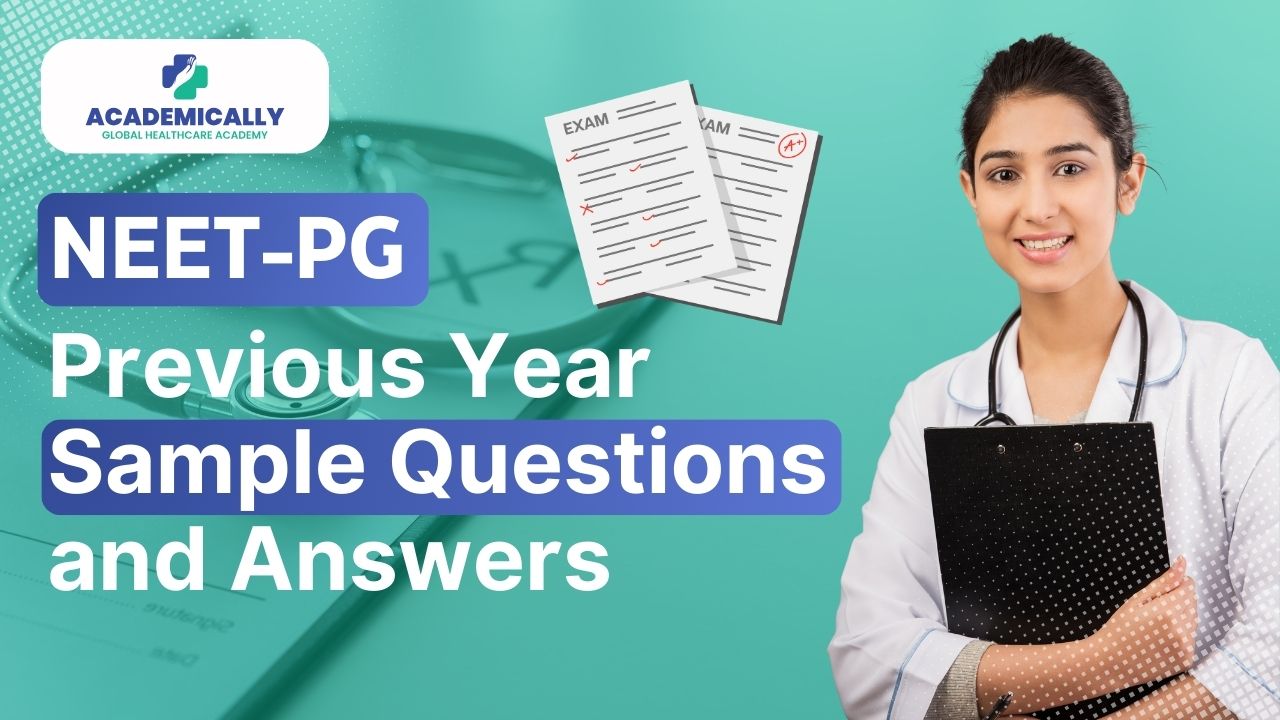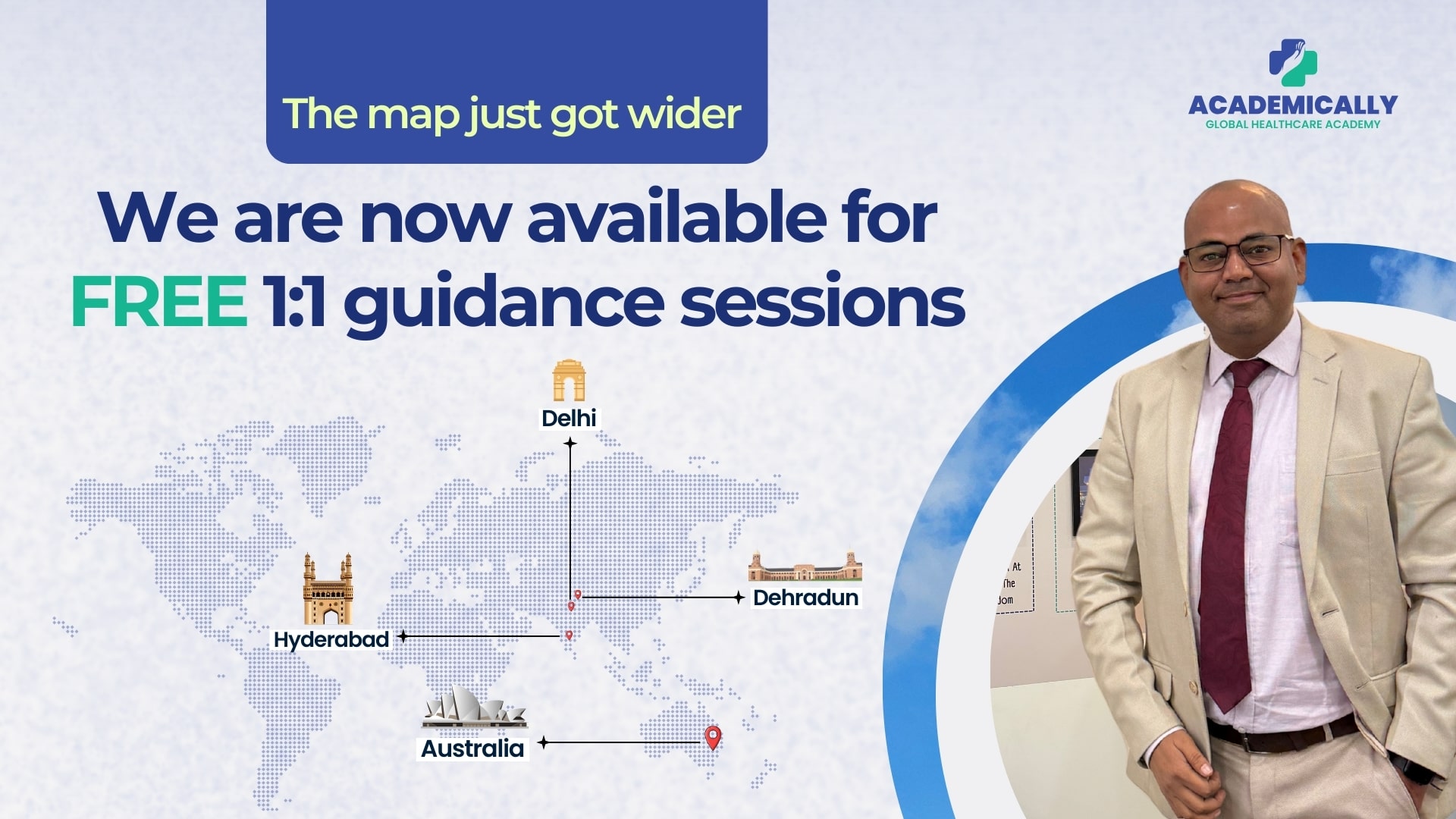Why Solve NEET Previous Year Sample Questions?
- Understand exam pattern: Practicing previous year sample questions can help you detect the recurring topics and the question styles.
- Time management practice: One of the important things to keep in mind while writing the NEET PG exam is how effectively you manage your time.
- Spot high-weightage areas: Focus on chapters that repeatedly appear in past years.
- Boost accuracy: Familiarity with questions reduces silly mistakes.
NEET PG Exam Pattern
| Feature | Details |
| Mode of Exam | Computer-Based Test (CBT) |
| Type of Questions | Multiple Choice Questions (MCQs) |
| Number of Questions | 200 |
| Total Marks | 800 |
| Exam Duration | 3 hours 30 minutes |
| Marking Scheme | #ERROR! |
| Language of Exam | English only |
| Syllabus | MBBS course curriculum as prescribed by the NMC, covering Pre-clinical, Para-clinical, and Clinical subjects |
| Sections | Questions are mixed (no separate section timing) and can be from any subject |
| Conducting Body | National Board of Examinations in Medical Sciences (NBEMS) |
NEET Previous Year Sample Questions
1. Which of the following is true about EMLA cream?
a) Contains ropivacaine and lignocaine
b) Can cause methemoglobinemia
c) Contains 5% lignocaine
d) Acts within 15 minutes
Answer: b) Can cause methemoglobinemia
2. A patient has no pulse and the ECG shows a shockable rhythm. What is the next step?
a) Defibrillate, check pulse, then CPR
b) Cardioversion
c) Defibrillate, perform CPR, then check pulse
d) Give epinephrine
Answer: c) Defibrillate, perform CPR, then check pulse
3. Identify the arrow-marked nerve:
a) Medial pectoral nerve
b) Lateral pectoral nerve
c) Long thoracic nerve
d) Thoracodorsal nerve
Answer: a) Medial pectoral nerve
4. Patient with multiple tendon xanthomas has cholesterol 398 mg/dL and LDL 220 mg/dL. Likely defect?
a) Lipoprotein lipase deficiency
b) LDL receptor defect
c) Defective Apo B-100
d) PCSK9 gain-of-function mutation
Answer: b) LDL receptor defect
5. Singer has difficulty raising pitch, cords are depressed & bowed. Which muscle is affected?
a) Cricothyroid
b) Interarytenoid
c) Posterior cricoarytenoid
d) Lateral arytenoid
Answer: a) Cricothyroid
6. Patient with left arm & leg weakness, right facial paralysis, and horizontal gaze palsy. Likely syndrome?
a) Foville
b) Benedict’s
c) Millard-Gubler
d) Wallenberg
Answer: c) Millard-Gubler
7. Patient with perianal itching; swab microscopy shows characteristic ova. Likely diagnosis?
a) Hymenolepis nana
b) Ancylostoma
c) Enterobius vermicularis
d) Necator americanus
Answer: c) Enterobius vermicularis
8. A 2-month-old with bilateral cataract. Best management?
a) Medical management
b) Operate immediately
c) Surgery after 6 months
d) Surgery after 2 years
Answer: b) Operate immediately
9. Child with growth failure, normal Ca²⁺ & PTH, low phosphate, high ALP. Diagnosis?
a) Nutritional rickets
b) Hypophosphatemic rickets
c) VDDR type 1
d) VDDR type 2
Answer: b) Hypophosphatemic rickets
10. 23-year-old female, 4 feet tall, karyotype shows 45,XO. Most likely condition?
a) Turner syndrome
b) Klinefelter syndrome
c) MRKH syndrome
d) Edwards syndrome
Answer: a) Turner syndrome
11. Aprepitant prevents late-onset chemo-induced vomiting by acting as:
a) NK-1 antagonist
b) NK-1 agonist
c) NK-3 antagonist
d) NK-2 antagonist
Answer: a) NK-1 antagonist
12. Which ion contributes most to RMP?
a) K⁺
b) Ca²⁺
c) Na⁺
d) Cl⁻
Answer: a) Potassium (K⁺)
13. Fruit farmer with fever, respiratory distress, and neuro signs. Likely cause?
a) Ebola
b) Meningitis
c) Nipah
d) Zika
Answer: c) Nipah
14. Which drug is used for maintenance in opioid withdrawal?
a) Buprenorphine
b) Disulfiram
c) Butorphanol
d) Clonidine
Answer: a) Buprenorphine
15. Ptosis, dysphagia, weakness improving with rest, and an anterior mediastinal mass. Diagnosis?
a) Thymoma
b) Pancoast tumor
c) Adenocarcinoma
d) Small cell lung cancer
Answer: a) Thymoma
Practicing the previous year's sample questions can be the most effective way of preparing for your NEET PG exam. The previous year's questions not only help you familiarize yourself with the questions, but practicing them also sharpens your time management skills, which is of great importance in this kind of exam. By practicing them, you can also identify repeated and recurring topics that can also come in the upcoming exam of NEET PG.
Make this a habit to revise the questions regularly, it can be a great practice and your road to success.
If you are an aspiring candidate for NEET PG and want to crack it on your first attempt, our NEET PG preparation course might be what you need. At Academically, we’ll be there with you at every step, from preparing for the NEET PG to your seat counselling.




